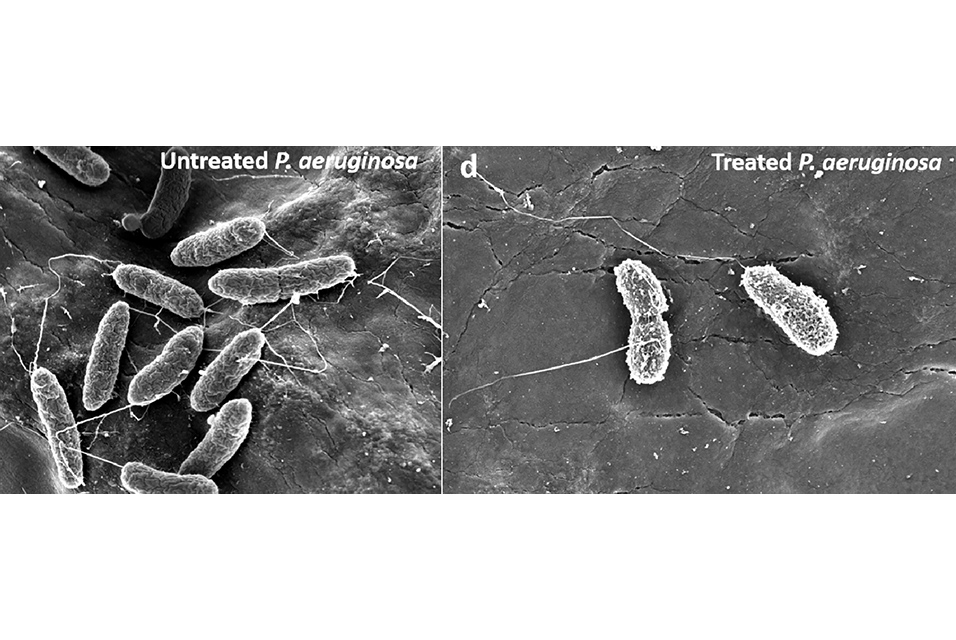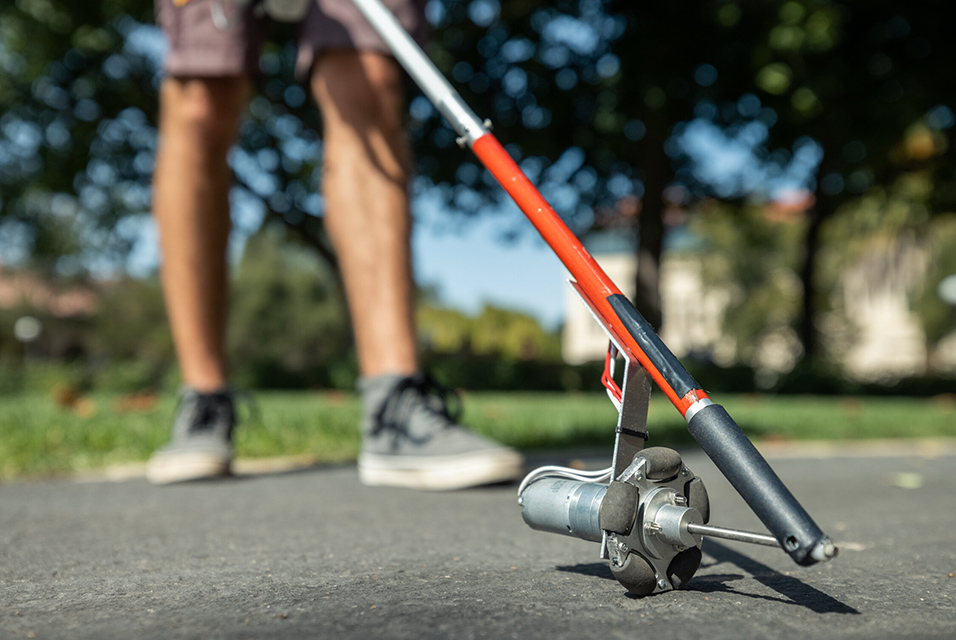STOCKHOLM.- In the fight against multidrug-resistant bacteria, scientists in Sweden have developed a new kind of antibiotic-free protection for wounds that kills drug-resistant bacteria and induces the body's own immune responses to fight infections.
Reporting in Journal of the American Chemical Society, researchers from
KTH Royal Institute of Technology, Karolinska Institutet and Karolinska University Hospital say that the new treatment is based on specially-developed hydrogels consisting of polymers known as dendritic macromolecules.
KTH Professor Michael Malkoch says the hydrogels are formed spontaneously when sprayed on wounds and 100 percent degradable and non-toxic. "Dendritic hydrogels are excellent for wound dressing materials because of their soft, adhesive and pliable tactile properties, which provide ideal contact on the skin and maintain the moist environment beneficial for optimal wound healing," he says.
The antibacterial effects of the hydrogels have yet to be fully understood, but the key lies in these macromolecules' structure. It's distinguished by well-ordered branches that terminate with a profusion of cationic, charged contact points.
"Bacterial cells are interactive, and so are dendritic macromolecules," he says. "When they meet, it doesn't turn out well for the bacteria."
Karolinska Institutet Professor Annelie Brauner says that despite containing no antibiotics, the hydrogels show excellent antibacterial qualities and were effective against a broad spectrum of clinical bacteria, killing both Gram-positive and Gram-negative bacteria, including drug-resistant strains isolated from wounds. The material also reduces inflammation.
The hydrogels were tested against several clinically relevant infectious bacteria, including Staphylococcus aureus (S. aureus), and Pseudomonas aeruginosa (P. aeruginosa). The hydrogels were shown to be 100 percent effective in killing P. aeruginosa; and almost equally effective in killing S. aureus.
Cell infection tests demonstrated that the gel not only efficiently killed clinical drug-resistant bacteria from wounds, but also induced the expression of naturally-existing antimicrobial peptides—or endogenous antibiotics—in human skin cells.
"These endogenous antibiotics help fight bacteria and clear the infection," Brauner says. "Contrary to traditional antibiotics, where bacteria may develop resistance quickly, resistance towards antimicrobial peptides, is very rarely seen."
The hydrogel is even more successful in killing methicillin-resistant S. aureus (MRSA) when compared to a commercially available hydrogel wound dressing in use today.
The dendritic polymers that comprise the hydrogel are based on polyethylene glycol (PEG) and propionic acid (bis-MPA). Resembling beautifully pruned apple trees, dendritic polymers' branches terminate with numerous peripheral contact points carrying a cationic charge which interact strongly with negatively-charged bacterial cell membranes.
"Their well-designed, branched structure and scalability makes them ideal scaffolds for biomedical applications," Malkoch says.
Malkoch's lab has been targeting skin infections with the dendritic-based platform for more than a year, and the new publication reports that the synthesis for the hydrogels is less complicated and easily scalable.
"The gel is an outstanding contribution in the fight against multidrug-resistant bacteria—especially in current times, when we are running out of available antibiotics," Brauner says.










